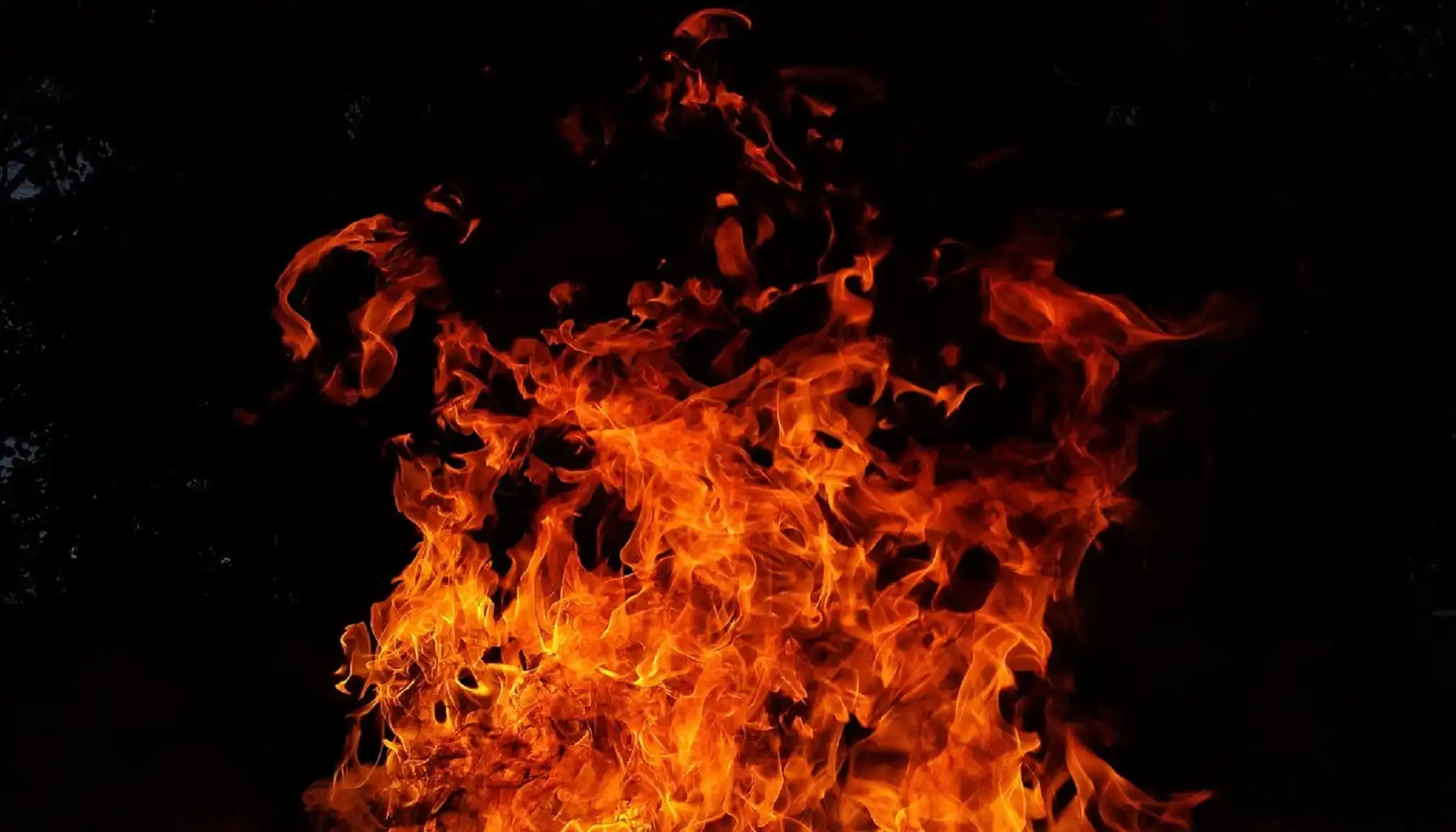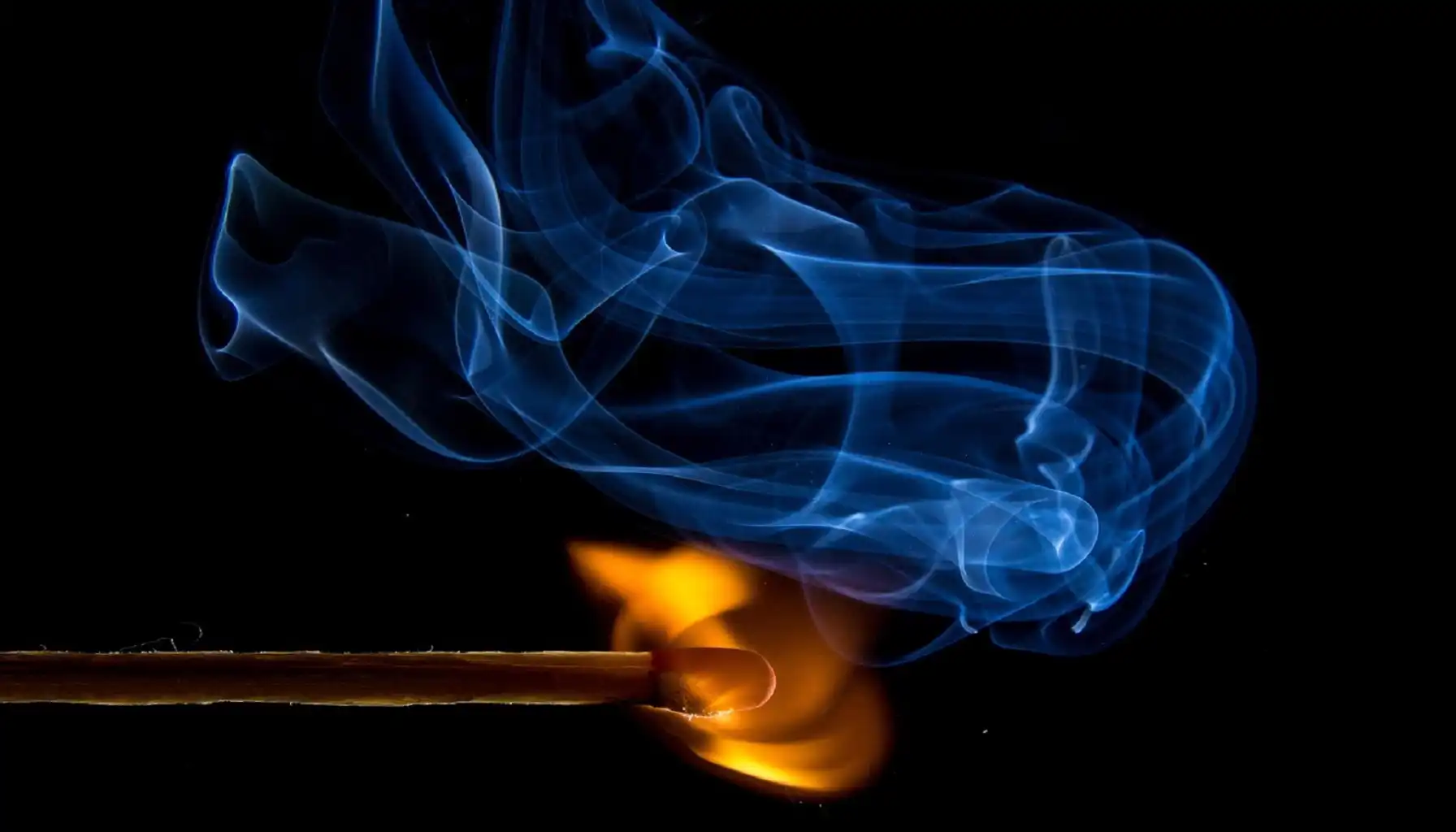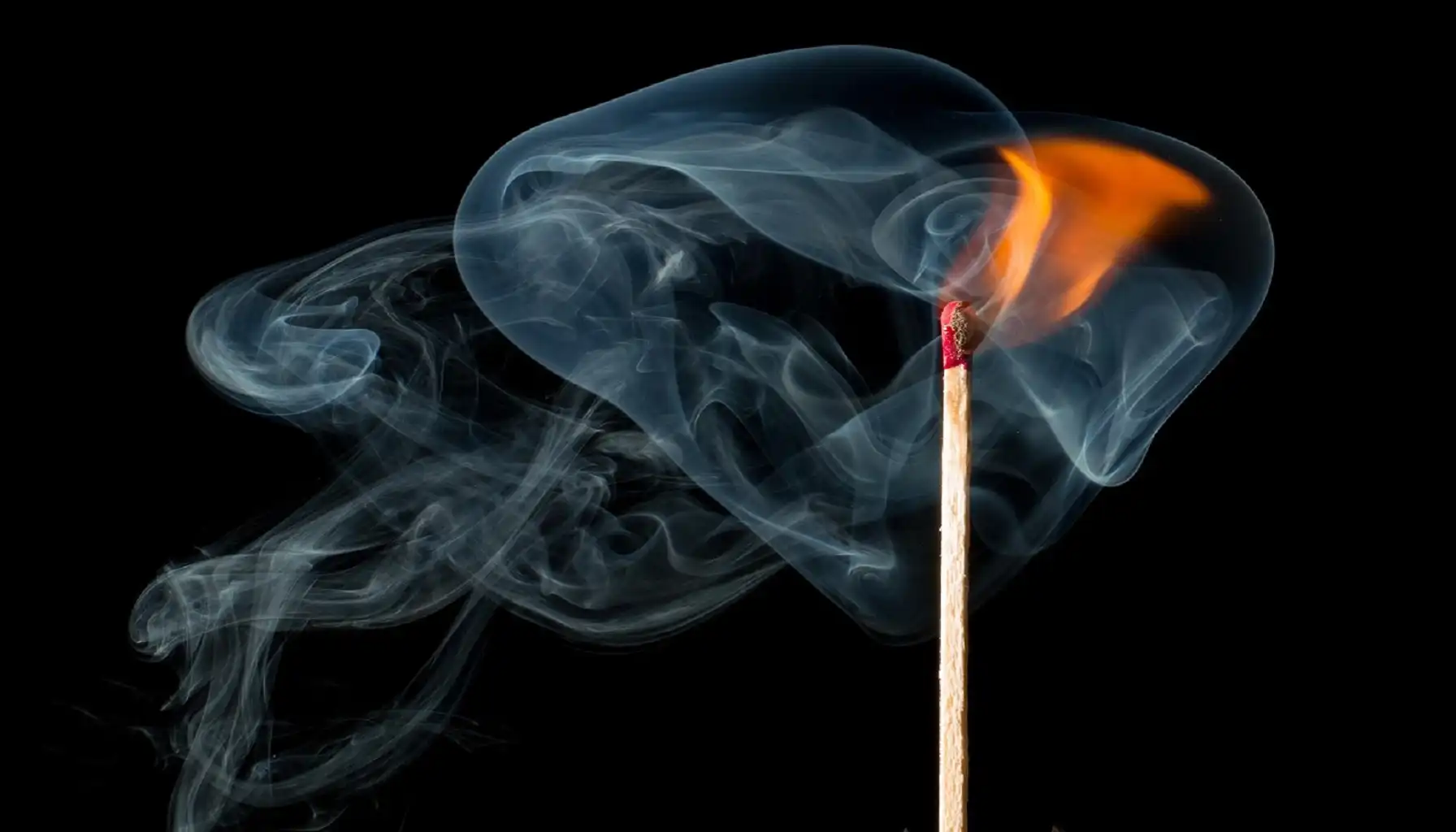Pyromania: Understanding the Disorder, Symptoms, and Effective Treatments

Contents:
Understanding rare conditions like pyromania disorder can offer insights into how psychological disorders manifest and affect behavior. Fire-setting disorder, characterized by the uncontrollable urge to set fires, is a unique disorder with complex symptoms and potential treatments.
If you are interested in learning more about impulse control disorders or improving your ability to manage complex behaviors, engaging in activities such as math learning games can help sharpen your focus.
What is Pyromania?
Compulsive fire-setting refers to a mental illness marked by the recurrent and intentional setting of fires. It is often driven by an impulse that the person cannot control, and the behavior is not motivated by financial gain, revenge, or any other external reason.
The person with fire-setting disorder derives emotional satisfaction from starting fires and may experience pleasure, excitement, or relief in the aftermath.
Pyromania Definition
It involves deliberately setting fires.
It is not done for profit, ideological reasons, or criminal intent.
A person may feel an overwhelming sense of excitement or tension before setting the fire, which is relieved after the act.
Symptoms of Pyromania

Recognizing the symptoms of fire-setting disorder is essential for early intervention. The condition is not just about fire-setting but involves an emotional and psychological process that includes an uncontrollable urge and fascination with fire:
An uncontrollable urge to start fires.
Fascination with fire, often seen through excessive interest in fire-related paraphernalia (matches, lighters, etc.).
Pleasure or relief after setting a fire or witnessing its effects.
Tension or excitement just before setting a fire.
Repetitive fire-setting, with the individual frequently engaging in the behavior.
You can also read about the symptoms of autism.
What Causes Pyromania?
Figuring out what triggers fire-setting disorder can greatly help in managing and controlling it.
There’s not a ton of research out there yet, but experts generally agree it’s a mix of psychological factors, how your brain’s wired, and environmental influences that can set this fire-starting urge in motion.
Pyromania Causes
Neurobiological Factors: Chemical imbalances in the brain, particularly with dopamine and serotonin, may play a role in the impulsivity seen in pyromania.
Psychiatric Conditions: Fire-setting disorder is often associated with other mental health issues, such as ADHD and mood disorders.
Childhood Trauma: Early experiences of neglect or abuse can contribute to the development of fire-setting disorder later in life.
Genetics: There may be a genetic predisposition to impulsive behaviors, influencing the risk of developing this disorder.
Risk of Escalation: Without treatment, fire-setting disorder can escalate. What starts as small incidents may eventually lead to more dangerous situations, such as significant property damage or harm to others. This highlights the importance of early intervention.

Pyromania vs. Arson
It is crucial to distinguish pyromania from arson, as many people confuse them. While both involve the act of setting fires, their motivations differ significantly.
Key Differences Between Pyromania and Arson
Pyromania is driven by an internal impulse to set fires, often for personal emotional relief or excitement.
Arson, on the other hand, is a criminal act typically motivated by monetary gain, revenge, or to cover up another crime.
Pyromania is a mental illness, whereas arson is considered a criminal activity, even if the person has underlying psychological issues.
People with fire-setting disorder often feel distress after setting a fire, but arsonists intentionally set fires with a clear, external goal in mind.
Fire-setting disorder is treated through therapy and behavioral interventions, while arson is addressed by the legal system with penalties like imprisonment.
Treatment for Pyromania
Though pyromania is an uncommon and frequently misunderstood condition, it can be effectively managed:
Cognitive Behavioral Therapy (CBT): This is one of the most effective treatments for this disorder. It helps individuals identify triggers and learn healthier ways to cope with emotional tension.
Family Therapy: When the disorder begins in childhood or adolescence, family involvement can help create a safe and supportive environment.
Medications: Antidepressants, anti-anxiety medications, and sometimes antipsychotics can help control the impulses associated with fire-setting behavior.
Fire Safety Training: Educating people on the dangers of fire and promoting safety practices, along with mindfulness techniques such as meditation, can be a part of the therapeutic process.
Treatment for fire-setting disorder may require a combination of behavioral therapy and medications, tailored to the individual's needs.
Is Pyromania Real?

Yes, fire-setting disorder is a recognized disorder in the DSM-5, the diagnostic manual used by mental health professionals. It is classified as an impulse control disorder, and while it is rare, it can have severe consequences if left untreated.
Facts About Pyromania
Prevalence: Only about 3-6% of people in psychiatric hospitals meet the criteria for compulsive fire-setting.
Gender: It is more common in males, although it can occur in both genders.
Age of Onset: The symptoms typically appear in adolescence but can begin earlier or later in life.
Pyromania Plant and Pyromania Fire Pit Misconceptions
One common misconception is associating pyromania with a “pyromania plant” or fire pit.
While the term pyromania is often incorrectly linked to these types of activities, pyromania is specifically about the psychological disorder that compels the setting of fires for emotional relief, not just a simple interest in fire or fire-related activities.
Conclusion
The disorder presents complex manifestations and situations that often don’t allow for proper diagnosis and treatment methods. While they are sometimes rare, in the presence of the disorder, they can severely affect the life of the person as well as that of their immediate surroundings.
These disorders can indeed be managed with proper treatment and support through therapeutic means, allowing a person to strive for a better life.
It is of utmost importance that awareness be spread to help and support the affected people so they, too, can lead good and fulfilling lives.





